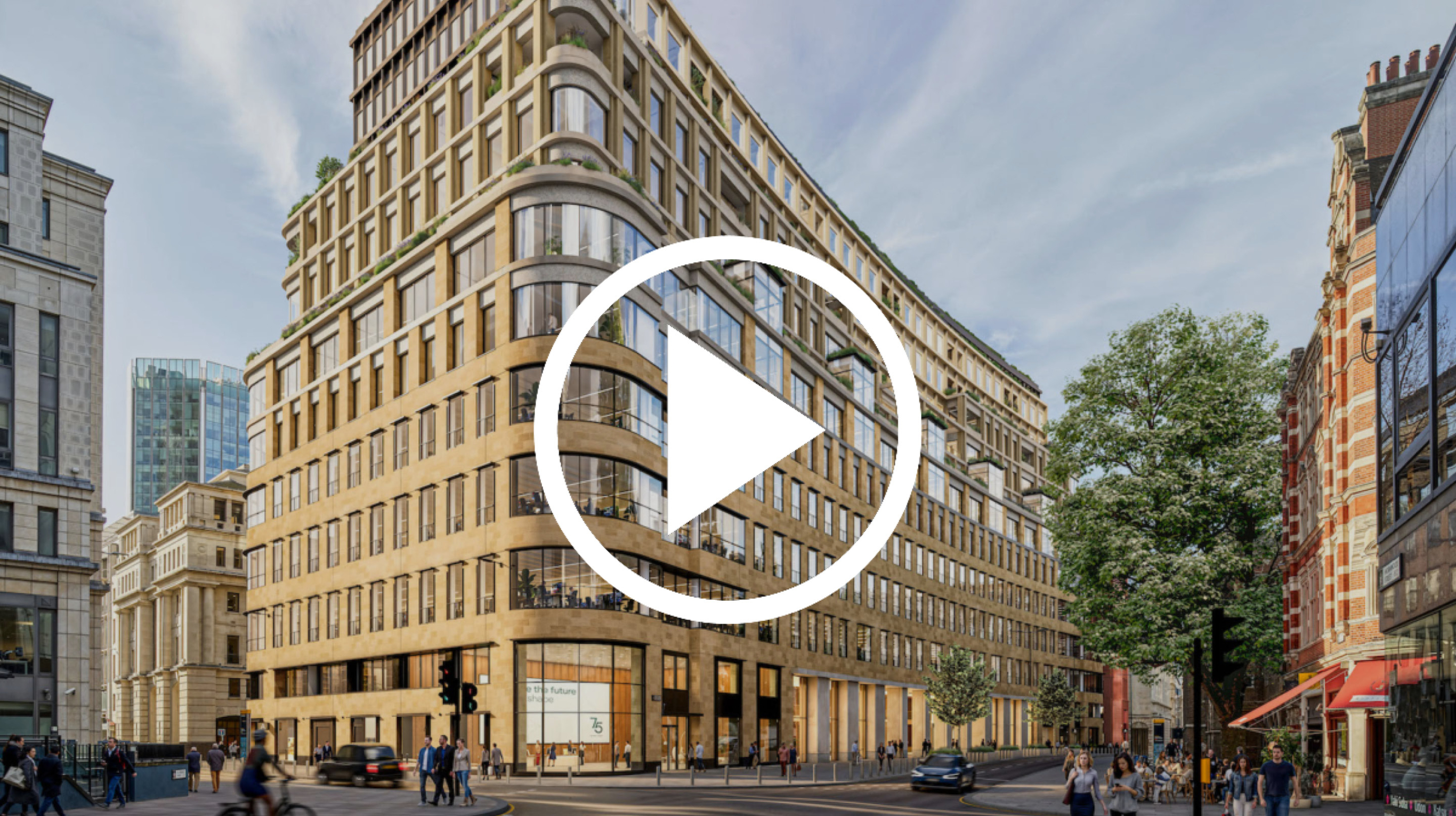Keith Aldis, Chief Executive of the Brick Development Association, explores the dos and don’ts of using reclaimed bricks.
In association with![]()
York Handmade bricks at St Albans Cathedral, Hertfordshire (photo courtesy of the Brick Development Association)
The main advantage of specifying new clay bricks is that they are, in normal times, plentiful and manufactured to established UK and European Standards. And as a result, there is a wide selection available and they are typically more cost effective than reclaimed bricks. However, some people consider that the main appeal of using reclaimed bricks is that they have developed a particular character by being fully matured and weathered – like a fine wine perhaps? Fair enough!
Depending on the situation, it may be more environmentally friendly to use reclaimed bricks over new, since they have a certain cachet and distinct appearance. But they’re less widely available and in the main, very much more expensive. Indeed, because of both Brexit and the pandemic we are seeing the lowest levels of clay brick stocks for almost 30 years and many traditional low-volume home and self-builders, are making a beeline towards reclaimed stock. Is this really a good idea, and if so, what should you look out for?
Michelmersh Handmade bricks at Wolverton Folly, Worcestershire (photo courtesy of the Brick Development Association)
Traditional look and feel?
Many specifiers choose reclaimed bricks in the often-mistaken belief that bricks of similar appearance are not available as newly manufactured products. This is not true. Specifiers simply tolerate the distressed state of reused bricks – caused by the process of reclamation – in the belief that there is no alternative. Why do this? Why suffer the higher price and unknowns in quality that go with using reclaimed bricks?
Traditional looking handmade bricks are still made by many specialist factories in the UK, such as those of York Handmade, HG Matthews, Michelmersh, Northcot and at Ibstock’s Swanage factories. All of these traditional looking bricks have won accolades and even supreme awards at the annual Brick Awards and Sterling Prize, so there’s absolutely no need for expensive reclaimed bricks to be used in new builds.
Some new handmade bricks are traditionally clamp fired and produced in the same way as brick makers have fired bricks for centuries. Other manufacturers have developed simulated handmade bricks which look handmade but have been made using modern machine methods, so the choice is definitely available at a truly cost-effective price point!
Ibstock Swanage Handmade bricks at Lambeth Palace, London (photo courtesy of the Brick Development Association)
Reclaiming the traditional aesthetic?
Reclaimed bricks often possess a distinct distressed appearance. For some it is this very characteristic that makes them attractive as it imparts a mature character to the brickwork which adds to the ‘kerb appeal’ of the structure. In recent years manufacturers have developed new brick products that look as though they have been reclaimed with features such as, chips, paint remnants and random dark stains. Simulating this requires the application of disfigurements to the bricks to make them look attractive. Or by adding blobs of paint, whitewash and sometimes ‘rumbling or tumbling” them to achieve the distressed appearance. These bricks look great AND comply with current standards!
Northcot Handmade bricks at The Newt Somerset (photo courtesy of the Brick Development Association)
Are old bricks really good enough for new work?
Well, in some cases they are, but there are many pitfalls which the specifier will need to overcome in order to comply with current building standards. Reclaimed bricks may be selected for aesthetic reasons, but they must be technically appropriate for new work. Many suppliers will supply reclaimed bricks graded by quality of appearance, but they do not and frankly cannot guarantee those important factors of durability and strength. In the absence of any specific assurance regarding the durability, reclaimed bricks should be used with caution, and you should seek independent advice before specifying them.
You will have to establish where the reclaimed bricks have been sourced from originally, and what type of environment they were used in to be sure that they are up to the job. Importantly, will insurers cover the product should it subsequently fail?
You need to establish and deal with the reclaimed brick’s frost resistance, soluble salts, strength, water absorption and size, all of which are covered by the standard, BS EN 771-1, something which new bricks have to comply with. And a further consideration might be that spores of dry rot fungus could be present in bricks reclaimed from some locations. Tread with caution!
As late as 1965, many bricks did not conform to the standard mentioned above. Additionally, whether new or reclaimed Imperial-sized bricks are selected to match existing work, it is advisable to check detailed dimensions in relation to the size of the chosen brick to establish nominal work size. And because reclaimed bricks had greater size variability, when undertaking a new build, the bricklayer’s craft skills will be of greater significance in making a good job.Finally, our advice is to check that there are sufficient supplies of reclaimed bricks available to complete the work.
The Brick Development Association has produced a new guide to the alteration and repair of brickwork, using largely reclaimed brick. It will be available on our website from January 2022, so keep an eye out for it.
We do encourage the use of reclaimed bricks, particularly on say a repair to an existing building, but only provided the user is aware of the varying quality of reclaimed brick, is able to correctly evaluate their fitness for purpose, and can soak up the often higher costs of reclaimed brick. We strongly advise specifiers to check if the brick can be crafted from new, and thus openly comply with current regulations, before embarking upon what could prove to be a potentially expensive enterprise using reclaimed bricks.
Contact Details
Further information can be found at www.brick.org.uk


















